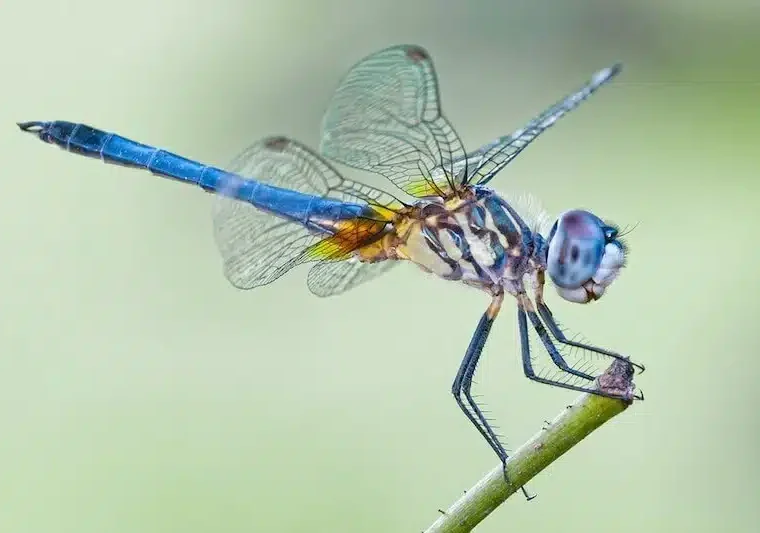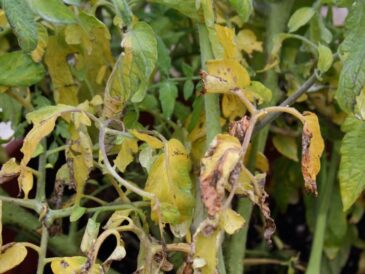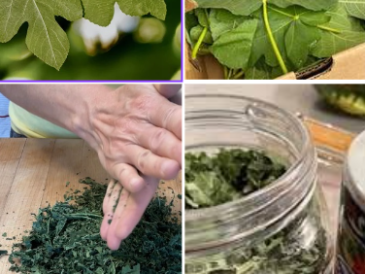Nature has a remarkable way of maintaining balance—if we let her. In an age when chemical solutions dominate mosquito control, it’s easy to forget that one of the most efficient mosquito predators already exists right in your backyard: the dragonfly.
By embracing natural methods such as planting dragonfly-attracting vegetation, you can reduce mosquitoes and other pests without relying on sprays or coils.
Dragonflies are both stunning and beneficial, and inviting them into your landscape is a sustainable, chemical-free way to improve your outdoor space.
In this guide, you’ll learn how dragonflies help reduce mosquito populations, and discover 10 of the best plants—both land and aquatic—that attract dragonflies to your garden for natural pest control.
Why Dragonflies Are Effective Mosquito Predators
Dragonflies are voracious insectivores throughout their life cycle.
- As nymphs (larvae): They live underwater and consume large numbers of mosquito larvae.
- As adults: Dragonflies patrol the air, consuming up to 100 mosquitoes or more per day. They also feed on gnats, midges, and other flying pests.
According to ecological studies, dragonfly nymphs may play a significant role in regulating mosquito populations in aquatic ecosystems—making them a natural first line of defense.
But dragonflies need the right habitat to thrive, including access to water for breeding, native flowering plants, and shelter in the form of grasses or shrubs.
How to Attract Dragonflies to Your Garden
Creating a dragonfly-friendly habitat is simple and starts with two core principles:
- Add plants that support their prey (butterflies, pollinators, and small insects).
- Include aquatic features with submerged or shoreline plants for breeding and shelter.
The following plants fall into two categories:
- Land plants: For gardens and flower beds
- Aquatic or shoreline plants: For ponds, water gardens, or damp spaces
Let’s look at each category in more detail.
Land Plants That Attract Dragonflies (and Their Prey)
Even if you don’t have a pond, you can still attract dragonflies by growing flowering plants that attract pollinators. These flowers lure butterflies, bees, and wasps—the preferred prey of adult dragonflies.
1. Black-Eyed Susan (Rudbeckia hirta)
Bright and cheery, this wildflower is beloved by butterflies and bees.
- Bloom Time: Mid-summer to early fall
- Soil: Adapts to most soils
- Sun: Full sun
- Bonus: Deer-resistant and low-maintenance
The more pollinators you attract, the more dragonflies will stop by to feed.

2. Swamp Milkweed (Asclepias incarnata)
This native milkweed variety thrives in moist soil and blooms with beautiful pink or white flowers.
- Attracts: Butterflies, bees, wasps
- Sun: Full sun
- Soil: Moist, clay-rich or wetland soil
- Benefit: Perennial and pollinator-friendly

3. Joe-Pye Weed (Eutrochium purpureum)
A towering native wildflower that produces vanilla-scented, pink-purple blooms.
- Height: 3 to 12 feet
- Bloom Time: Midsummer through fall
- Habitat: Moist meadows, woodland edges
- Bonus: Makes great perching spots for dragonflies

4. Meadow Sage (Salvia nemorosa)
This hardy, drought-tolerant perennial offers spikes of deep purple flowers.
- Sun: Full sun to partial shade
- Soil: Well-drained
- Bloom Time: Late spring through fall
- Attracts: Bees, butterflies, and hoverflies

5. White Yarrow (Achillea millefolium)
TO CONTUNUE READING THE ARTICL PLEASE SEE PAGE 2 .




